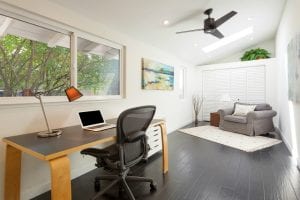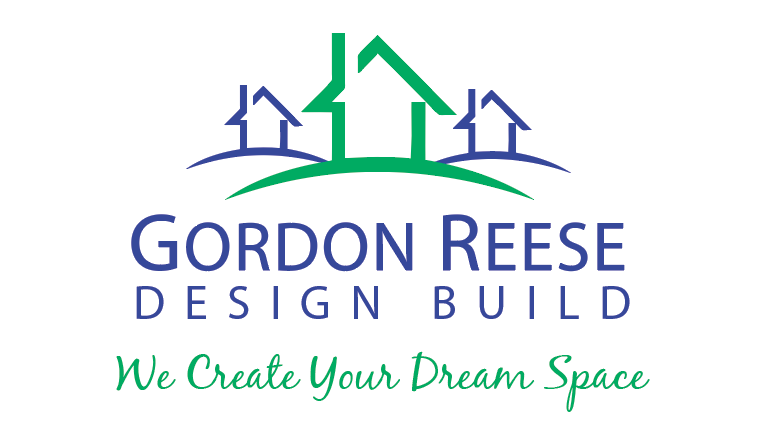Home remodeling is a large investment and when you’re planning an ADU, it’s also a big decision. Know how to get started with these helpful tips.
Generally speaking, home remodeling is a very broad concept that covers a lot of different construction projects. From whole home renovations to simple room expansions, there’s a lot you can do to your property that falls under the ‘home remodeling’ category.
In this sense, an ADU is particularly unique. It does involve you bringing construction and renovation to your property, but it doesn’t quite fall under the general home remodeling category—technically speaking.
And here’s why:
Contents
What is an ADU?
ADU stands for “Accessory Dwelling Unit.” It’s typically defined as an additional dwelling-type structure that is equipped with independent living facilities—i.e., furniture and provisions for cooking, eating, washing, sleeping. To be considered an ADU, it must be built on the property of an existing residential single-family unit, and it must be fully accessible to the current family residing in that main unit.
An ADU is also referred to as a “mother-in-law apartment,” a “cottage home,” a “studio shed,” or a “granny flat.”
Is an ADU a Home Addition?
 Not necessarily. A “home addition,” as the name implies, is when you start a home remodeling or renovation project to expand the current square footage of an existing residential structure. This creates a new boundary set by the home’s walls or roofs.
Not necessarily. A “home addition,” as the name implies, is when you start a home remodeling or renovation project to expand the current square footage of an existing residential structure. This creates a new boundary set by the home’s walls or roofs.
For instance, if you add another room to the first floor or expand the kitchen by 10-or-something square feet—that’s a home addition.
An ADU is a completely separate entity from the existing “main” home on the property. It isn’t attached to the main structure and it doesn’t add to the main structure’s size in square footage.
What are the Benefits of an ADU?
So, why do you invest in an Accessory Dwelling Unit?
There are actually several benefits: privacy, comfort, safety, security, accessibility, long-term investment, and so on.
In terms of comfort and privacy, having an additional independent living space on your property—one that is fully stocked and furnished, no less—can help minimize clutter and reduce social tension (especially for larger or multigenerational families). It also eliminates the possible inconveniences of shared bathrooms and communal sleeping quarters.
In terms of safety, it’s a viable, secure option for new couples who aren’t able to afford their own property and residence just yet. It gives young families the chance to settle somewhere familiar and comfortable while saving up for their own future housing.
And as a long-term investment, an ADU has the potential to be a future retirement home—since it’s smaller and therefore easier to manage—or a potential passive income property.
Tips to Start Planning Your Own ADU
Are you starting to like the sound of this “Accessory Dwelling Unit”? Thinking of putting up your own?
Here are some home remodeling tips to get you started.
1. Define Your “Why”.
First and foremost, ask yourself why you want an ADU. Remember that this is more than simple home remodeling; this is building an entirely new structure on your property. It’s a little more extensive and a little more complicated than what you might expect, so you need to have a solid reason for building one. Are you after comfort? Safety? Privacy? Define the “why” behind your ADU.
2. Know the ADU Rules in Your City.
As with every construction project, most cities in most states will have rules and regulations regarding ADUs. Before you start planning anything, try to find out the legal requirements and limitations.
3. Partner With a Professional.
As with any home renovation, your chances of success are much higher (in fact, they’re practically guaranteed) if you choose to work with a professional.
ADUs have been around for quite a while, but they’re still a relatively unknown concept compared to home additions or home remodeling projects. It is therefore in your best interest to partner with a licensed or certified professional to get their opinions and guidance on how to best put up your Accessory Dwelling Unit.

Recent Comments